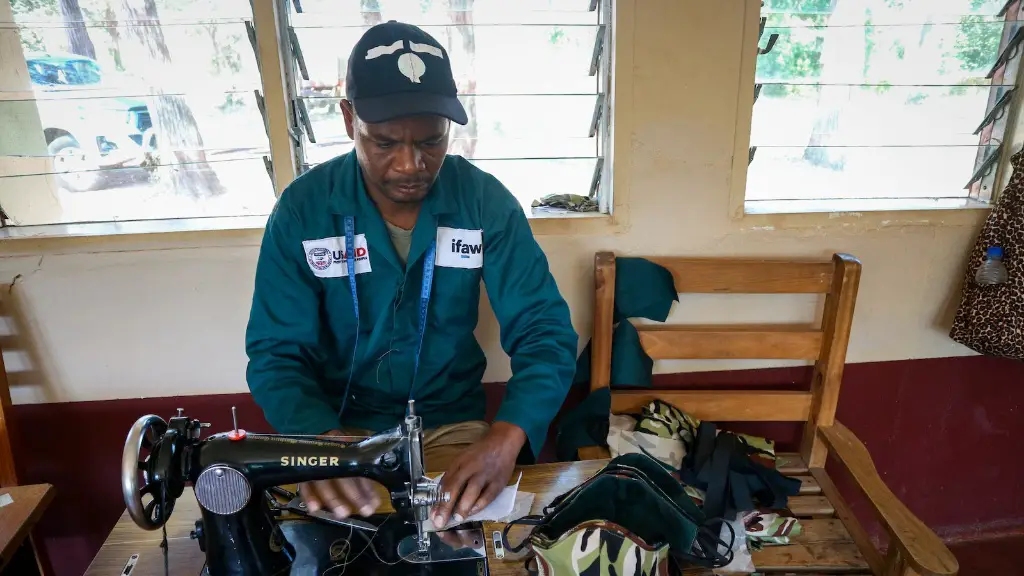Materials Needed
It’s essential to gather the right materials for making a cover for a sewing machine. Hair canvas, a stiff fabric that’s been extensively used in the upholstery industry, is an excellent choice for the main part of the cover. Be sure to buy a thicker, 18-ounce canvas for added durability. Additionally, you’ll need some pieces of cotton fabric, thread, and a sewing machine. For the decoration, you should buy some ribbons and pompom balls.
Cut the Materials Accurately
Any cover for a sewing machine must be careful measured and cut according to the size of the particular machine. Make sure that the canvas has ample size to cover the entire machine. To make sure the cover fits, measure twice and cut once. Also, use a ruler to draw the cutting line, otherwise there is a chance that the cutting would be a bit uneven.
Assemble the Cover
Start by sewing the main canvas and the cotton fabric. First, use the sewing machine and sew around the edges of the canvas, creating a pocket. Flip the pocket inside out, and use a ruler to make sure the edges are straight. Now, use the measuring tape and fabric marker to draw a line on the canvas. This line will be the area where the ribbon will join the cover.
Decorate the Cover
When the cover is almost complete, it’s time to add some decoration. Place the ribbons where they need to go, and make sure to hem the edges of the ribbons. Now, take the pompom balls and sew them onto the cover, making sure that they are securely attached. You can also add some sequins or other decorative elements to the cover if you’d like.
Finishing Touches
Next, trim down the extra fabric on the edges of the cover and make sure that all the seams are securely sewn. Finally, you can use some spray fabric protector to keep the material from getting stained or damaged.
Try It Out
Finally, try out your homemade cover for your sewing machine to make sure it fits properly. If everything is alright, you should have a finished product in no time!
Advantages of Making Your Own Sewing Machine Cover
Making your own covers for your sewing machine can be quite advantageous. Firstly, you can customize your covers according to the latest trends and colors. You can also use colors and materials that best suit your needs. Additionally, it can be much cheaper than buying ready-made covers. Furthermore, you could save much time by simply making your own.
Tips to Help Make a Cover for a Sewing Machine
Before making a cover for a sewing machine, it is important to assemble all the necessary materials and tools. Additionally, be sure to take proper measurements, and always use a ruler when cutting the canvas. Moreover, make sure to hem the edges of the ribbons before sewing the pompom balls onto the cover. Finally, always be mindful of the color scheme and the material you choose for the cover.
Challenges of Making a Cover for a Sewing Machine
Although there are several advantages of making a cover for a sewing machine, there are certain challenges as well. Firstly, it can be quite time consuming, so you need to make sure that you have the patience to complete the task. Secondly, you need to be careful when handling the materials, as cutting or sewing too fast can result in uneven edges. Additionally, finding fabrics and ribbons of the desired colors and textures can be quite tricky.
Tips to Overcome the Challenges
When making a cover for a sewing machine, here are some tips to help you overcome the challenges. Firstly, take your time and don’t rush when sewing or cutting the fabrics. Secondly, always double check the measurements before cutting the canvas. Additionally, check the local stores for fabrics and ribbons, or try online stores for more options. Lastly, if you are a beginner, try to find a tutorial to help with the construction.


